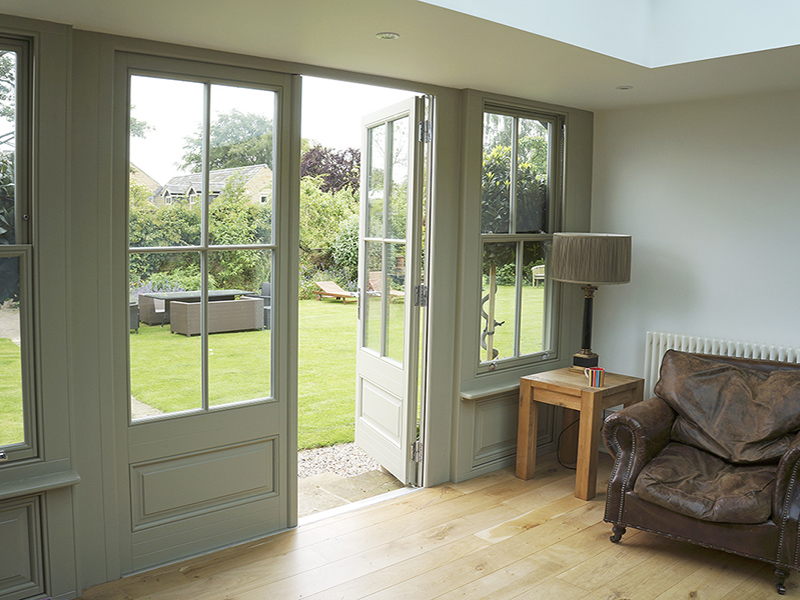For individuals with mobility challenges, living independently can be a daily struggle if the home environment is not properly adapted. Fortunately, home modifications provide practical solutions that improve both safety and autonomy. From installing ramps to upgrading bathrooms, these changes help people navigate their spaces with ease and confidence.

Content
Why Are Home Modifications Important?
The goal of home modifications is to remove barriers that limit movement. Whether it’s widening a doorway, adding grab bars, or reconfiguring a kitchen, these adjustments allow individuals to perform everyday tasks independently. For those who rely on mobility aids, such as wheelchairs, a well-designed environment can make a significant difference in their quality of life.
The Role of Wheelchair Ramps in Accessibility
Among the most impactful modifications is the addition of a wheelchair ramp. However, not just any ramp will do. The ramp must be designed with proper slope and structure to ensure safety and usability.
Understanding how steep a wheelchair ramp can be is critical. According to wheelchair ramp experts, the recommended residential slope is 2:12. This means for every 2 inches of vertical rise, there should be 12 inches of horizontal run. This corresponds to a wheelchair ramp angle of approximately 9.5 degrees—an optimal balance between safety and practicality.
Importance of the Right Wheelchair Ramp Angle and Grade
The wheelchair ramp angle directly affects the effort required to use the ramp. A ramp that is too steep may be unsafe, especially for manual wheelchair users. That’s why many professionals suggest a gentler 1:12 grade for enhanced accessibility. This ratio ensures a smoother incline, making it easier to ascend and descend without external assistance.
The wheelchair ramp grade should also comply with safety standards to support both manual and powered mobility devices. According to the article How Steep Can a Wheelchair Ramp Be? by CJ Mobility, adhering to these specifications prevents accidents and enhances independence.
Additional Home Modifications That Make a Difference
Beyond ramps, other critical modifications include:
- Stair lifts for multi-level access
- Roll-in showers for easier bathing
- Lowered kitchen counters and sinks
- Grab bars in key areas like bathrooms and hallways
These adjustments not only enhance physical access but also boost psychological well-being by promoting self-reliance.
Choosing the Right Solutions for Your Needs
When planning a home upgrade, it’s essential to consult professionals who understand the specific needs of individuals with mobility challenges. A one-size-fits-all approach rarely works. Custom solutions, based on individual mobility levels and home layout, ensure that each modification delivers maximum benefit.
Conclusion
Home modifications such as correctly angled ramps and user-friendly interior changes play a pivotal role in empowering individuals with mobility challenges. By following expert advice on wheelchair ramp angle and wheelchair ramp grade, families can create safe, accessible spaces that promote independence and dignity.
For more detailed guidance, visit the article: How Steep Can a Wheelchair Ramp Be?

My name is Author Name. I post about home improvement ideas and how to make your home look beautiful and liveable. I hope my posts will help you with your DIY projects!












